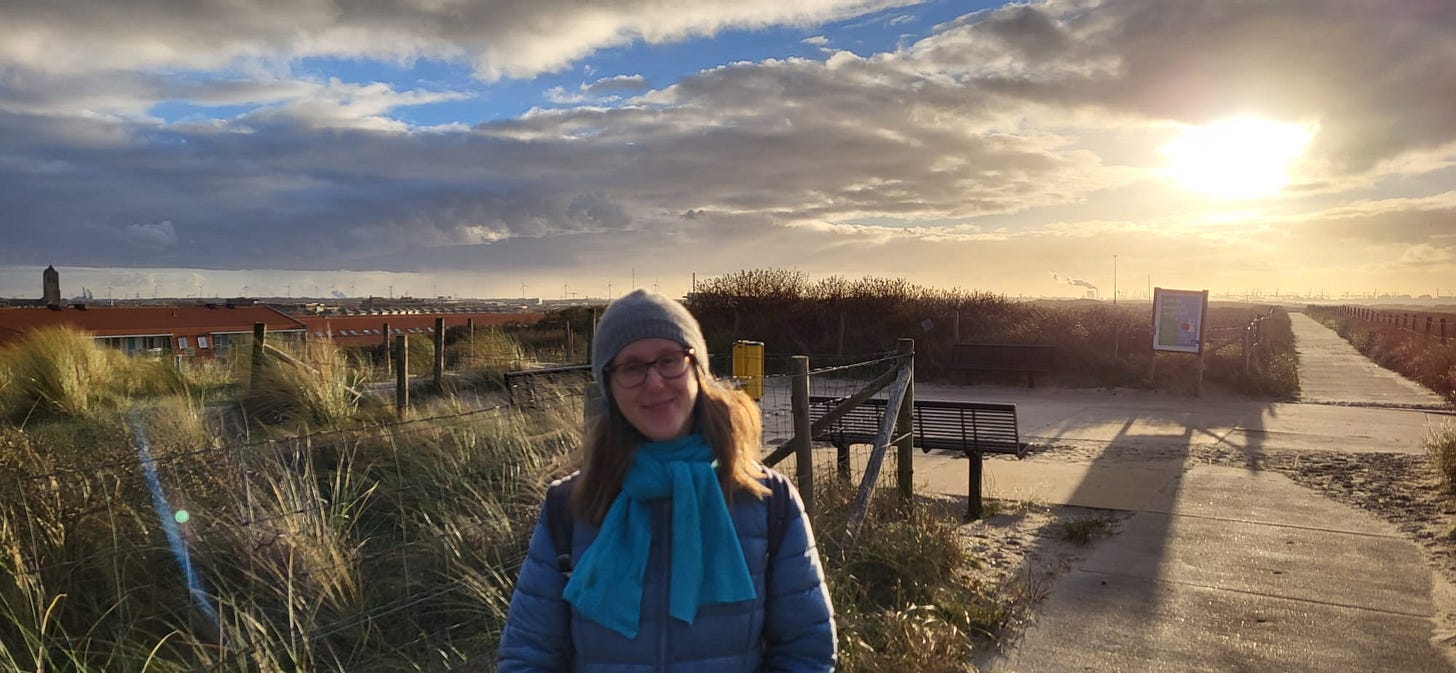“You wrote a series the hard way,” a friend said when I told her I was done writing it. And she’s right. Typically, series feature one character who sets out on a different adventure in every book. For example, in mysteries, one character - let’s say, Sherlock Holmes, solves a different crime in installment of the series.
Another way to write a series is to have a different character in every book, but they’re all set in the same world. Let’s take “The Seven Sisters,” which feature, as the title says, seven young women who were adopted and try to figure out where they came from following a set of clues left by their very rich father. Or, for example, Sarah J Maas’s “Court of Thrones and Roses,” starts as the story of Feyre but later books show show things from her sister Nesta’s perspective. Sometimes, it’s friends who are members of the same social group, such as "The Bromance Book Club.”
That’s how you write a series if you’re smart.
But if you’re me, what you do is you write a series where the books in the series are spaced around 30 years apart and so each book takes place in a completely different era. Where the protagonist of each book is the daughter of the protagonist in the previous book and the mother of the protagonist in the next book.
Does it make sense to you? It does not make sense to me, and yet this was the only way I could have written this series.
The reason for that is that writing five books is a major commitment and I had to keep things interesting enough to sustain the energy required to write a whole series. So I had to create a wholly different world for each book.
And it’s a fantasy so I had to figure out how magic would work in this world. And because the series is set in five different eras (the 50ies, the 80ies, 2023, and the 2050ies and the 2080ies), there are actually three different genres involved (contemporary fantasy, historical fantasy and science fantasy - a mix of fantasy and science fiction). It worked out because each book was so fascinating to figure out.
Another thing I wanted to avoid was having to keep too many details in my head. When I was reading “The Seven Sisters,” I kept thinking how hard it must have been to remember everything the characters have said or done if their stories are happening either simultaneously, or in short progression. I mean if character A talks to character C in book 1 (which is written from character A’s perspective) but book 3 is from characters C’s perspective, then the dialogue should be consistent in both books. I mean if A says “I love him” to C in book 1, but in book 3 she says, “I hate him,” then something is wrong. So to prevent that I set each book a whole generation apart.
But in other ways, I made it very easy for myself to write five books. It is still a series, so many characters remain the same. All the books mostly take place in the Netherlands, where I’ve been living for the last sixteen years and that I know quite well. The main characters have elemental powers which affects the way they look, and act, and behave.
And, to make things really easy for myself, the series might consist of five books but two of those - the ones that happen in the past - are actually novellas and are therefore around half the length of a regular novel. They also have simpler storylines and fewer subplots, if any.
The first in the series, called “Nellie’s Fire,” is already out, with the second one (one of the two novellas) coming out very soon. Please check it out.





